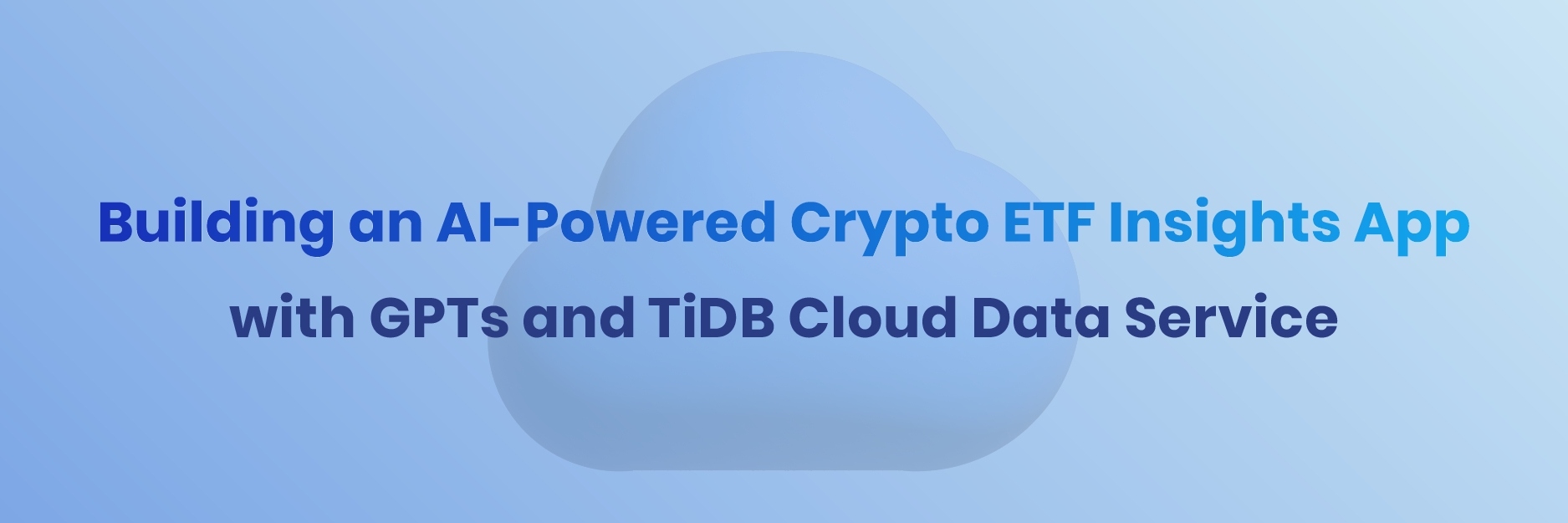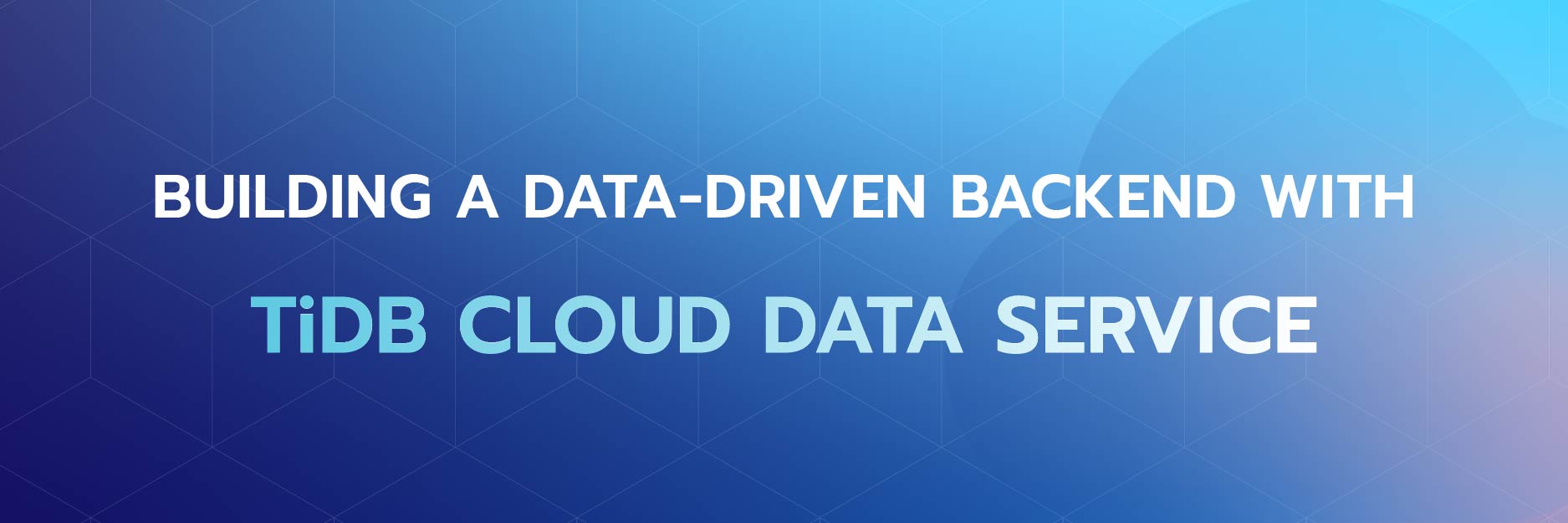
As an engineer and entrepreneur, founding PingCAP was a deep dive into the world of innovation. It’s been a journey marked by exhilarating discoveries and daunting uncertainties. Our flagship product, TiDB, is a living testament to this adventure, now supporting over 3,000 companies worldwide, from towering industry leaders to trailblazing startups.
So here’s the revelation: The initial technological decisions a company makes are not just steps; they’re giant leaps toward success or failure. It isn’t solely about having a groundbreaking idea. It’s more about mastering the art of product development, predicting user needs, and choosing technologies that fuel growth, rather than constrain it.
In the evolving landscape of 2024 and beyond, understanding and leveraging the right technology can be the difference between a company that soars and one that stalls. In this post, I’ll share my observations of the key application development trends for building a cost-efficient, simplified, and powerful technological foundation for businesses in 2024.
Top 3 Trends to Watch in 2024
Let’s set the scene of where we were not that long ago. In 2022, application development was divided—front-end technologies like JavaScript, HTML, and CSS were separate from back-end stalwarts like Java, Python, and Golang. Yet, swiftly, pioneering platforms such as Vercel, Next.js, and Netlify revolutionized the landscape. The latter part of 2022 saw a blurring of lines, merging front and back-end development into a cohesive, agile experience.
The future still belongs to agile—to businesses that opt for streamlined operations and who favor simplicity over complexity. In stride with these developments, three pivotal trends will enable entrepreneurial developers to deploy with minimal overhead yet maximum scalability. By harnessing these insights, enterprises can effectively navigate the cost-conscious tech environment that defines the path ahead.
Trend 1: Everything as a Service, including Serverless
Remember the days when we had to wrangle with infrastructure just to get a ‘Hello World’ live? We’re way past that now. The industry has become a lot more turnkey with the “service-ization” of, well, everything. Think Serverless computing and APIs that let us build and roll out apps without sweating over servers.
Software development has shifted markedly towards service models – from classic IaaS/PaaS/SaaS to today’s Serverless and APIs. This evolution service-izes development stages. It also enables developers to more swiftly and conveniently build and deliver applications. Serverless has emerged as a key trend, allowing developers to focus on business logic without worrying about the underlying infrastructure. APIs facilitate data interchange and resource sharing, fostering app integration and cooperation, thus enhancing system efficiency and quality.
Trend 2: The JavaScript Takeover
JavaScript is having a moment, and it’s a long one. It’s not just for those front-end party tricks anymore. The rise of full-stack JavaScript, particularly Node.js, has blurred the lines between front and backend development, permitting use of a single language across the board. Node.js’s non-blocking I/O and event-driven characteristics excel in concurrent, I/O-heavy applications. In Stack Overflow’s Developer Survey 2023, JavaScript continued its streak as its eleventh year in a row as the most commonly-used programming language.
Moreover, the advent of JavaScript-friendly Serverless hosting platforms grants developers rapid development and deployment, alongside real-time previews, vastly improving developer experience. These tools and technologies have bolstered the JavaScript ecosystem, positioning it as one of the most productive and creative tech landscapes.
Trend 3: AI’s Big Play in Development
AI was already turbocharging everything we do in app development in 2023, and it will play an even more important role in 2024 and beyond. It’s like having a super-smart assistant that can crank out code, test it, and deploy it while you grab a coffee.
Take ChatGPT, for example – it’s a game-changer that automates tasks like code generation, testing, and deployment, boosting productivity and quality. AI’s helping us catch bugs faster, make our users happier, and –let’s be real –it’s making our apps smarter and slicker. AI’s deployment is indelibly reshaping software development and will continue to profoundly impact the industry. It’s not just changing the game – it’s changing the entire league we play in.
Navigating Modern Application Development in 2024 and Beyond
As we’ve explored, the landscape of application development is rapidly evolving. The ability to adapt and embrace these changes is crucial. As your business locks onto an innovative idea and the code starts flowing, remember that forging a path forward is a journey of relentless innovation and swift adaptation.
Our Playbook for Modern Application Development in 2024 and Beyond provides a high-level roadmap for navigating the complexities of modern application development. It offers phase-by-phase strategies, tech stack recommendations, and best practices to guide you toward success.

Figure 1. Modern Application Architecture
Download our comprehensive guide for free with a single click below.
Contributing Authors of the PlayBook: Heidi Liu, Huo Hao, Zhang Xiang
Experience modern data infrastructure firsthand.
TiDB Dedicated
A fully-managed cloud DBaaS for predictable workloads
TiDB Serverless
A fully-managed cloud DBaaS for auto-scaling workloads




